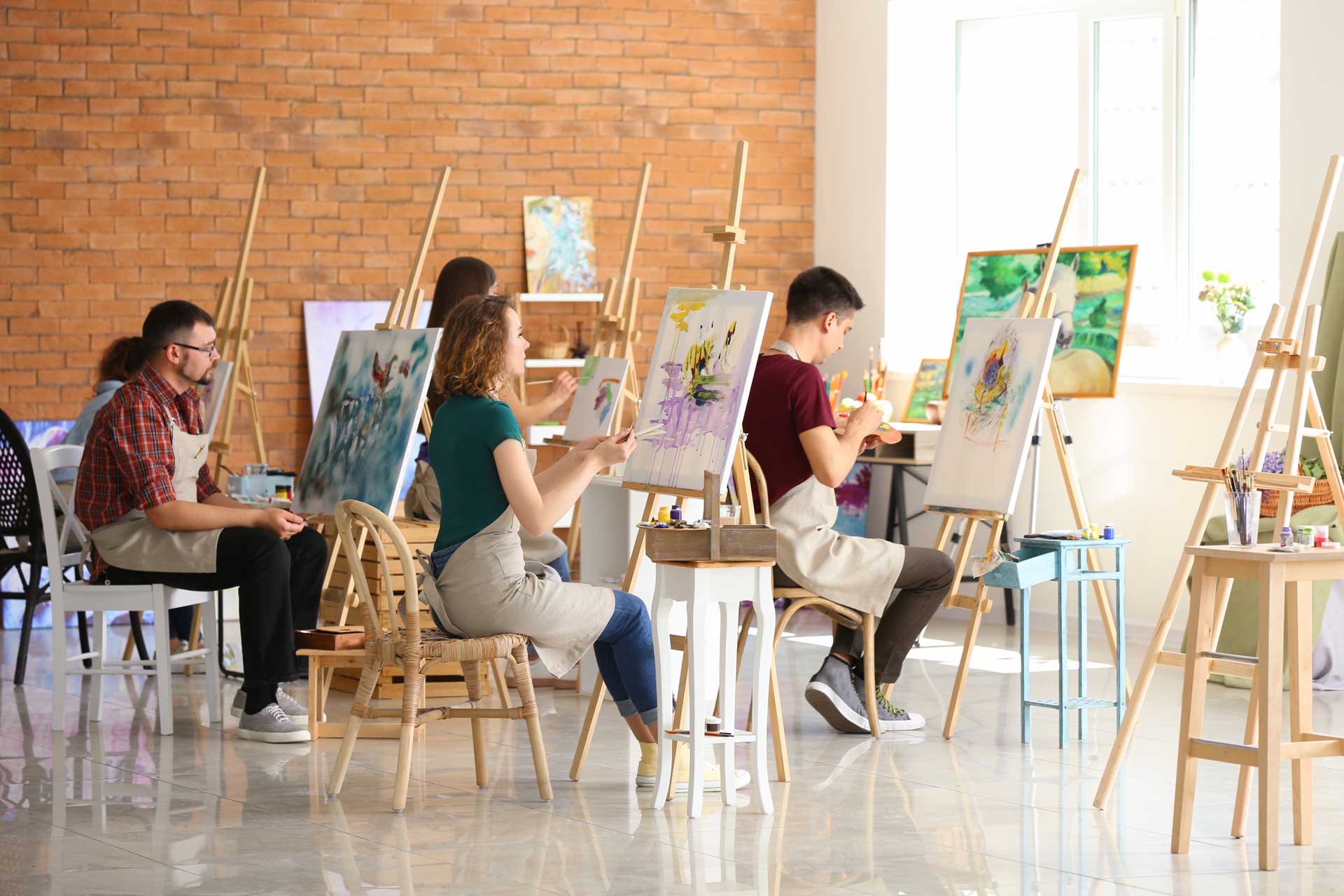Art is a tapestry woven from diverse threads of creativity, expression, and skill. Within this expansive realm, six fundamental activities form the backbone of artistic practice. These activities encompass everything from the initial spark of inspiration to the final strokes of a masterpiece. In this article, we delve into the activities of art, shedding light on each step of the creative journey. See over here to choose reliable art classes Dubai.
Observing and sensing:
At the heart of every artistic endeavor lies the act of observing and sensing. This activity involves keenly observing the world around us, whether it’s the play of light on a surface, the subtle details of a face, or the dynamic interplay of colors in nature. This step is essential for capturing the nuances and intricacies that form the basis of artistic expression.
Envisioning and imagining:
Before an artwork takes shape, there’s a spark of imagination that ignites the creative process. This activity involves envisioning and imagining the possibilities, concepts, and narratives that will be brought to life through the artwork. It’s the phase where artists explore the endless potential within their minds and give shape to their ideas.
Inventing and solving:
Art often requires innovative problem-solving. Artists engage in the activity of inventing and solving as they navigate the technical and conceptual challenges of their projects. This could involve experimenting with new techniques, finding ways to translate their vision into a tangible form, or overcoming unexpected obstacles that arise during the creative process.
Expressing and communicating:
One of the most central activities of art is the act of expressing and communicating. This step involves using artistic elements—such as color, form, texture, and composition—to convey emotions, ideas, and messages. It’s where artists harness their chosen medium to articulate their unique perspective and establish a connection with viewers.
Evaluating and reflecting:
Artistic growth thrives on self-evaluation and reflection. Artists engage in this activity to assess their work objectively, seeking areas of improvement and identifying strengths. Evaluating their creations helps artists refine their skills, develop a critical eye, and continuously evolve their craft.
Experiencing and connecting:
Art is a bridge that connects creators and viewers through shared experiences. Experiencing and connecting involves inviting others to engage with the artwork, inviting them to feel emotions, contemplate concepts, and find personal connections. This activity enables artists to share their stories and perspectives, fostering connections that transcend language barriers.
